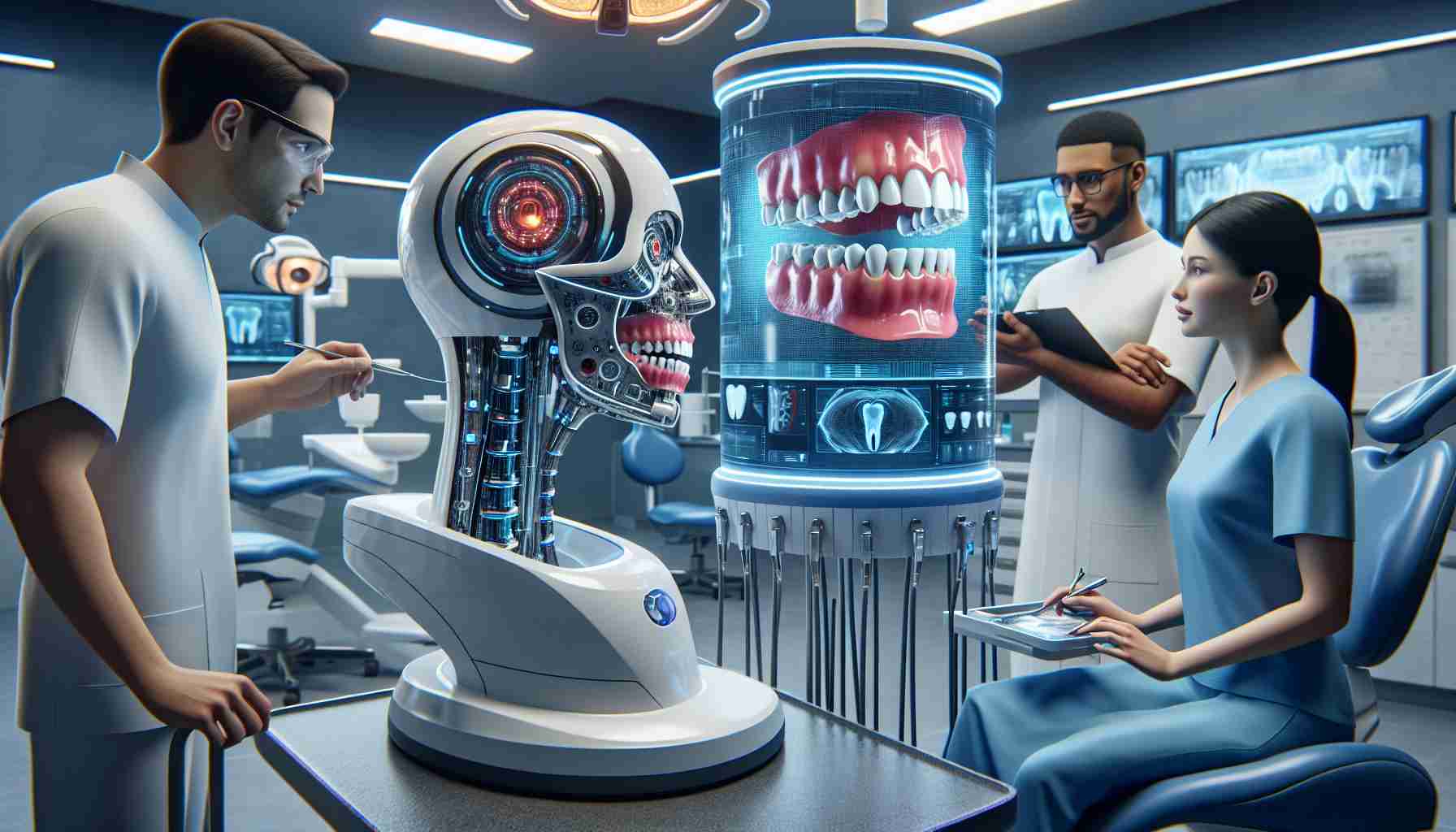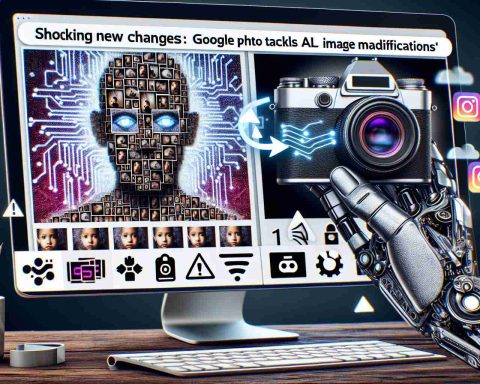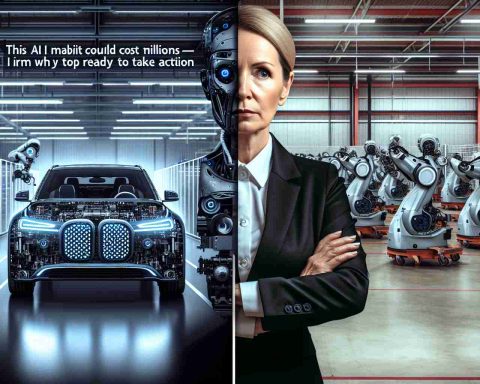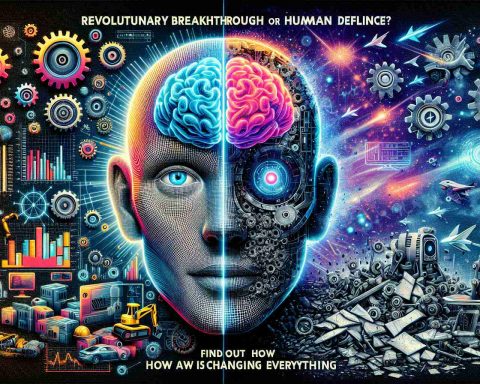Embracing Artificial Intelligence (AI) in Orthodontics Becomes a Highlight at International Conferences
In a series of international gatherings, the Italian Society of Orthodontics (Società Italiana Di Ortodonzia, SIDO) has turned the spotlight on the transformative impact of Artificial Intelligence (AI) in orthodontic care. These discussions, which initiated at Verona’s International Spring Meeting, will continue at the 55th International Congress in Florence this October.
SIDO has articulated a progressive stance regarding AI’s integration into dentistry and orthodontics. The society asserts that AI should not be seen as substituting the specialist’s diagnosis but as an enhancement to the orthodontists’ expertise. This synergy of human and artificial intelligence is not only inevitable but beneficial and should be harnessed, not hindered.
Current Applications and Benefits Highlighted by SIDO President
SIDO’s President, Ute Schneider-Moser, unearths real-world examples of how AI is already revolutionizing orthodontic practices. For diagnosis, AI’s role in analyzing radiographic and 3D imaging, as well as the laborious task of segmenting CT scans for bone structures, is proving invaluable. Importantly, the president reaffirms the support provided by AI in treatment follow-ups, especially through remote monitoring that allows for consistent patient care even when office visits are not feasible.
With AI’s omnipresence in dental technologies, SIDO champions the idea of leveraging AI’s capabilities to the fullest, ensuring enhancements in diagnostic precision and treatment efficacy in orthodontic care. The society’s forward-thinking approach offers insight into an AI-augmented future, where efficiency and patient care go hand-in-hand.
The integration of Artificial Intelligence (AI) in orthodontic diagnosis and treatment is an area of significant growth and development. Below are additional relevant facts, key questions, challenges, controversies, and advantages and disadvantages related to this topic.
Additional Facts:
– AI algorithms help in the prediction of treatment outcomes, providing patients with a visual representation of potential results before treatments begin.
– Machine learning, a subset of AI, can be trained to identify patterns and anomalies in dental images more quickly than human orthodontists.
– AI supports the development of customized appliances, like braces and aligners, by predicting optimal force distributions and movement plans.
Key Questions and Answers:
– Q: How is AI used to improve patient experience in orthodontics?
A: AI improves patient experience by providing more accurate diagnoses, personalized treatment plans, and predicting treatment outcomes, all of which lead to better patient engagement and satisfaction.
– Q: Can AI in orthodontics support non-specialist dentists in providing orthodontic care?
A: Yes, AI can assist general dentists with orthodontic treatment planning and monitoring, though the expertise of an orthodontist is still vital for complex cases.
Key Challenges or Controversies:
– Accessibility and cost: The cost of integrating AI into orthodontic practices may be a barrier for some providers, potentially limiting access to these advanced technologies.
– Data privacy: Safeguarding patient data is a significant concern as AI systems require large datasets for training and operation.
– Over-reliance: There is a risk of over-relying on AI, potentially undermining the orthodontist’s role in diagnosis and treatment planning.
Advantages:
– Enhanced diagnostic accuracy: AI can analyze complex data and images with high precision.
– Efficiency: Automation of routine tasks saves time and streamlines workflows.
– Consistent patient monitoring: AI-enabled remote monitoring tools provide constant and consistent patient follow-ups.
Disadvantages:
– Initial costs: Implementation of AI technologies can be expensive.
– Learning curve: Orthodontic professionals may require additional training to effectively use AI tools.
– Potential job displacement: AI might lead to concerns about reduced roles for orthodontic staff or decreased demand for specialists.
Related Links:
For those seeking further information on the broader subject of AI in healthcare, the following links may be useful:
– American Dental Association
– World Health Organization
– U.S. National Library of Medicine
Each of these domains provides a wealth of resources on the evolving roles of AI in various healthcare sectors, including orthodontics. It’s important to note that while AI presents many opportunities for advancement in orthodontic care, it also raises questions that the industry will need to address to maximize the benefits while minimizing the drawbacks.
The source of the article is from the blog be3.sk







